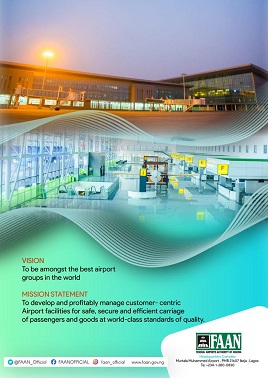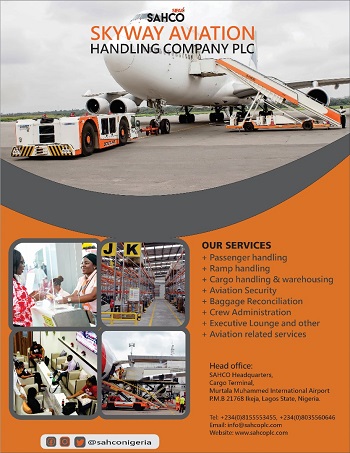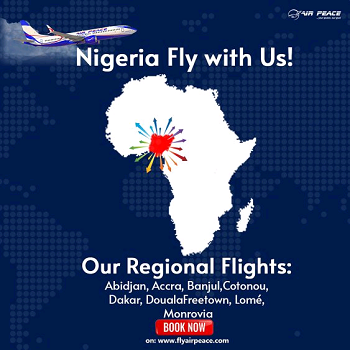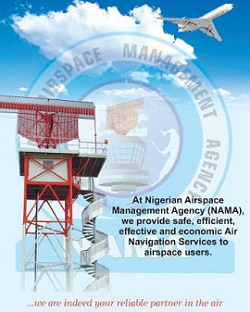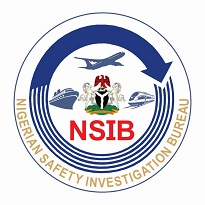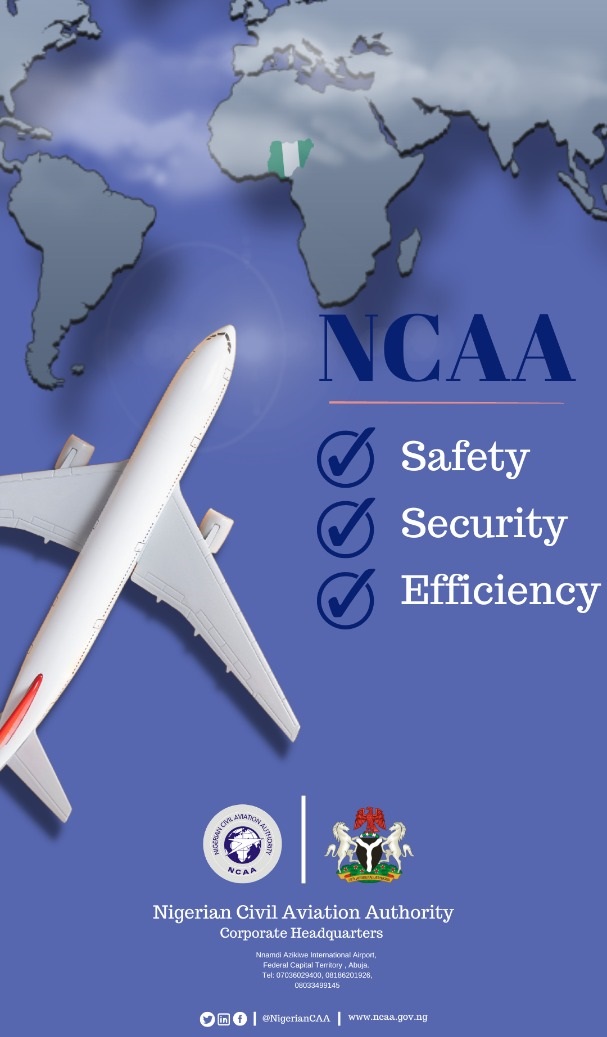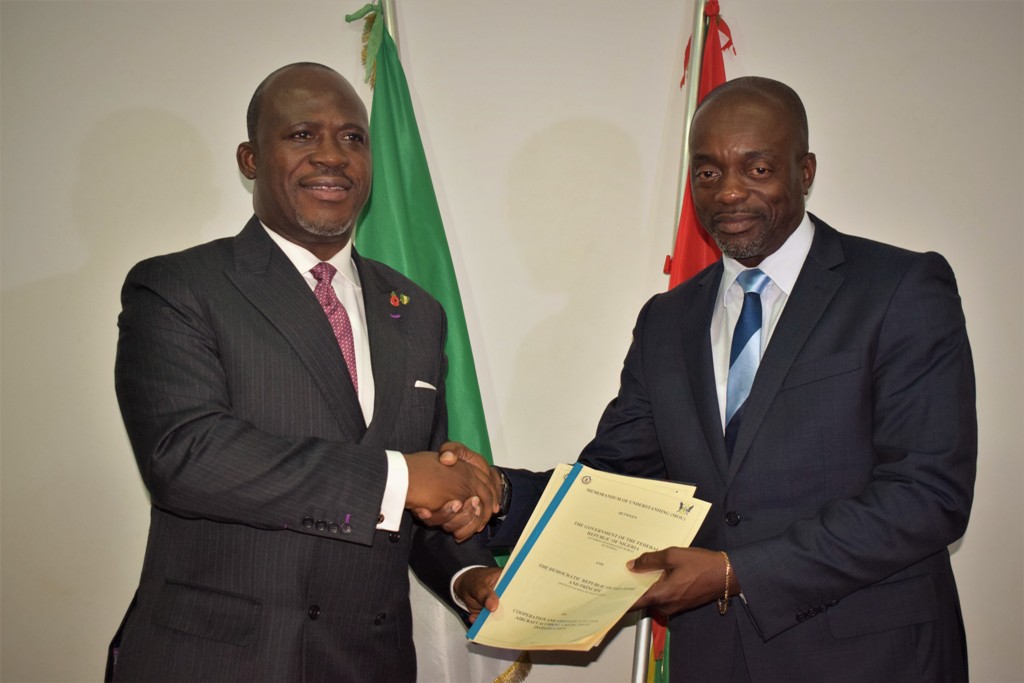
…Fingers bird in Sao Tome crash
Accident Investigation Bureau (AIB) Nigeria, has set another standard in the region with the release of its first international reports of air accident investigations, identifying activities of birds as one of the causal factors of an aircraft accident that occurred in Sao Tome and Principe in 2017
With the release its first international reports of air accident investigations, , AIB has set another standard in the region.
Coming out with the reports described as timely and accurate, the Bureau in a statement said ‘the feat was accomplished with effective collaboration and cooperation’ it has garnered in the last 24 months with the aviation stakeholders and the endless work by its investigators.
The Commissioner/CEO, Engr Akin Olateru on Wednesday led his team to submit the final report of the accident involving Cavok Airlines CVK 7087 AN-74TK-100 Aircraft Registered Ur-CKC, which occurred at Sao Tome International Airport, Sao Tome on July 29, 2017.
It would be recalled that the Banjul Accord Group Accident Investigation Agency (BAGAIA) invited AIB Nigeria to conduct investigations into the crash in line with Annex 13 of International Civil Aviation Organization (ICAO) which is the responsibility of the state of occurrence.
However, the investigations became significant in the history of AIB to handle accident investigation on behalf of another state or a regional body.
The AIB delegates which visited the Nigerian Embassy in Sao Tome were received by the Charge De affaire, Mrs Faith Ekwekwuo who welcomed and appreciated AIB for the good job it did at investigating the air accident and prompt release of the final report.
The Nigerian envoy also commended the Bureau for maintaining a good relationship with the Sao Tome authorities.
In the same vein, the Bureau came into terms and executed a Memorandum of Understanding with the Instituto Nacional De Aviaco Civil (National Civil Aviation Authority of Sao Tome &Principe) of the Democratic Republic of Sao Tome. The agreement was in four parts – cooperation, capacity building, exchange of information on accident investigation and assistance in cases of any air accident within both countries.
This was a bid to further strengthen a good relationship and effective collaboration towards achieving a common goal in the air accident investigation sector in Africa.
Following are the summary of aircraft accident report: CVK/201+7/07/29/F
Runway Excursion following a Rejected Take-Off CAVOK Airlines CVK 7087 AN-74TK-100 Aircraft Registered UR-CKC which occurred at Sao Tome International Airport, Sao Tome on 29th July, 2017
On July 29, 2017 at about 0905hrs an Antonov aircraft Model AN-74 TK-100, registered UR-CKC, owned by SWIFT SOLUTION FZC, operated by CAVOK Airlines LLC overrun runway 29 during a rejected take off at Sao Tome International Airport. The Captain, the First Officer, the Flight Engineer and 2 maintenance Engineers on board were rescued unhurt except the Flight Navigator who sustained an injury to his left foot and some minor bruises.
The intended non-scheduled return flight to Accra was initiated in accordance with appropriate regulations. Visual meteorological conditions prevailed, and an instrument flight rules flight plan was filed.
The safety issues discussed in this report focused on rejected take-offs and rejected take-off procedures; compliance with Standard Operating Procedures (SOP), other related checklists and manuals, flight crew training for RTO scenarios; flight crew performance, including the captain’s action to initiate an RTO after V1, and CRM.
Nine safety recommendations were made in this report and are addressed to:
- Institut National de l’Aviation Civile (INAC), Sao Tome,
- Ukraine Civil Aviation Authority and
- CAVOK AIR, LLC, Ukraine.
Causal Factor
The investigation determines that the cause of this accident was:
Due to the presence of birds on the runway, the take-off was rejected at a speed above decision speed V1, which was inconsistent with CAVOK’s Standard Operating Procedures (SOP).
Contributory factors
The contributory factors to this accident include but are not limited to the following:
- Failure of the crew to deploy interceptors (speed brakes/spoilers).
- Inadequate flight crew training on details of rejected take-off procedure scenarios.
- The omission of the take-off briefing in CAVOK’s Normal Operations checklist.
- Poor Crew Resource Management (CRM), especially in a multi-crew flight operation.
Safety Recommendations
Instituto Nacional de Aviacao Civil (National Civil Aviation Authority of STP)
- Should improve the habitat management programme (including reduction or elimination of trees, shrubs and other plants which provide food, shelter or roosting sites for birds)
- Should enhance its aerodrome grass management appropriate to the prevalent species and the degree of risk that they pose.
- Should liaise with local inhabitants to limit the attraction of birds to fields (in the vicinity of the airport).
- Should install specialized ground-based radar equipment used for tactical detection of large flocking birds.
- Should adopt and extend Runway End Safety Area to conform to ICAO standards.
- Should include the information about the ravine at the end of RWY 29 into the AIP and Send it as Notice To Airmen (NOTAM).
Ukraine Civil Aviation Authority
- Should enhance its oversight functions by reviewing all safety related items pertinent to operators’ checklists and manuals.
CAVOK Airlines
- Should review its Rejected Take Off (RTO) training syllabus to incorporate robust RTO training plan for both initial and recurrent aircraft type simulator training and assessment to include unexpected scenarios and stop-and-go decision making.
- Should review its Normal Operations checklist in order to include take-off briefing as an item for each flight


